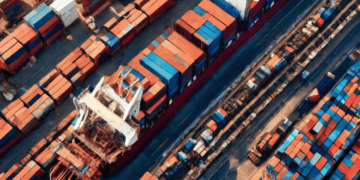In contemporary foreign policy discussions, the prevailing notion of a fully globalized world dominates many dialogues. From the apparel in our closets to the electronics and vehicles we use, it’s evident that products often originate from distant manufacturing hubs. Investments flow across continents, students pursue education abroad, and the number of international travelers has multiplied exponentially. However, a deeper analysis reveals that what is commonly perceived as globalization often aligns more closely with regionalization than a truly global scale.
Statistics highlighting the colossal volume of international trade, soaring capital flows, and increased cross-border travel—quintupling over four decades—paint a picture of globalization’s magnitude. Yet, a critical examination uncovers the reality: international trade, corporate ventures, and individual movements abroad frequently gravitate toward regional proximity rather than spanning the globe.
An analysis of trade patterns illustrates this point vividly. Despite the assumed lack of impact from geographical distance on international sales, half of globally traded goods travel less than 3,000 miles—merely a short haul relative to the vast expanse of global distances. Companies venturing overseas also demonstrate a regional focus, with most Fortune Global 500 firms generating two-thirds of their sales from their native regions.
The phrase “global supply chains” is somewhat misleading, as the production of goods across borders often exhibits even stronger regional connections than the sales of finished products. Components and parts in modern manufacturing frequently traverse neighboring countries rather than traversing vast oceans.
Even international capital flows display a regional tilt. Cross-border financial investments tend to remain within closer proximity than expected, with foreign direct investment following trade patterns closely. Moreover, people’s movements, whether for travel, education, or permanent migration, predominantly occur within their own regions. Notably, more than half of the international exchange of goods, money, information, and people converges within three primary regional hubs: Asia, Europe, and North America.
Understanding this overlooked reality of regionalization holds significant implications, especially for U.S. policy. Despite NAFTA’s revamp in 2020 as the USMCA, North America’s integration lags behind its East Asian and European counterparts in certain industries. A stronger focus on fortifying and leveraging the United States’ regional network could provide access to a wider global marketplace, preventing further erosion of competitive advantage to nations bolstering their regional footprints.
Why Regional Dynamics Prevail Over Globalization
The prevalence of regional networks finds its root in geography’s enduring influence. Even with the advent of colossal container ships, transporting goods across oceans remains time-consuming and expensive. These transit durations necessitate larger inventories and result in increased costs for goods sourced from distant locations.
Communication challenges further underscore the significance of regional ties. Despite technological advancements facilitating instantaneous communication, nuances in language, culture, legal frameworks, and administrative norms amplify logistical complexities across distant borders. Proximity diminishes these hurdles, fostering greater operational efficiency and trust among collaborators.
Trade agreements, a cornerstone of international commerce, often favor regional blocs over global partnerships. Notably, while the WTO exists as a global trade arbitrator, bilateral and multilateral free-trade agreements, predominantly among regional partners, have proliferated. These regional compacts bolster trade within their respective areas, establishing preferential terms among member countries.
Moreover, companies witness tangible benefits tied to geographic proximity. Research reveals that multinational corporations enjoy improved returns on assets by expanding operations within their regions, signaling an optimal distance for profit maximization. This phenomenon, coined the “globalization penalty,” suggests that venturing too far from regional bounds can negatively impact earnings.
Regional Hegemony: Europe, Asia, and North America
Europe stands as a testament to the power of regional integration, boasting the most consolidated and interlinked continental network. Decades of diplomatic negotiations have forged a single market and a shared currency, culminating in nearly two-thirds of EU trade occurring within the union. Asia follows closely, exhibiting a steady rise in internal trade, fueled by export-oriented growth strategies and increasingly intertwined production supply chains.
North America experienced a surge in trade following NAFTA’s implementation in 1993, propelling economic interdependence among Canada, Mexico, and the United States. However, this integration faltered after China’s WTO accession in 2001, disrupting regional trade patterns. Despite this setback, North America still outstrips several other regions in terms of internal commerce, showcasing a significant degree of economic interconnectedness.
The Shifting Paradigm: Regionalization in a Changing Landscape
In the wake of the COVID-19 pandemic, disruptions to global supply chains prompted reconsideration of production locations. Simultaneously, technological advancements, such as automation and 3-D printing, have rendered distant manufacturing less essential and less profitable. These innovations reduce reliance on cheap labor and bolster the feasibility of localized production.
Demographic shifts, including declining working-age populations in various regions, coupled with climate change’s impact on logistics, further contribute to the reconfiguration of global trade dynamics. Extreme weather disruptions and environmental policies increasing transportation costs incentivize companies to favor nearer manufacturing locations.
Political shifts also influence global commerce. Protectionist measures outpacing liberalizing policies since the 2008 financial crisis, coupled with the WTO’s waning influence, underscore the rise of regional accords governing trade. Great-power rivalry underscores the economic dimension of geopolitics, leading countries to impose protectionist barriers and reshape global business landscapes.
The Imperative of Regional Strategy for the United States
Despite the shifting landscape, the United States stands to benefit from evolving trade dynamics. However, maintaining competitive positioning requires a nuanced understanding of regional dynamics. Capitalizing on regional advantages necessitates comprehensive domestic reforms and strategic trade approaches.
Washington’s reform agenda should prioritize bolstering worker protections, enhancing educational opportunities, and fortifying infrastructure to reduce logistical costs. Engaging in regional trade agreements and revitalizing participation in global trade pacts could open up new markets and reinforce transparent, fair, and environmentally conscious business practices.
Embracing a Regional Future
Regional collaboration emerges as a key catalyst for competitiveness and sustainability in the evolving global economy. The United States, by fostering deeper regional ties and leveraging existing partnerships, can strengthen its economic foothold and seize opportunities in a more regionally focused global landscape.
By aligning regional strengths, enhancing cross-border infrastructure, facilitating labor mobility, and fostering innovation, North America can cultivate a more resilient and competitive economic bloc. Engaging in regional strategies will not only enhance economic vibrancy but also promote job creation and bolster continental trade relationships.
In essence, as globalization cedes ground to regionalization, recalibrating economic strategies to capitalize on regional ties emerges as the new imperative for nations seeking sustained growth and competitive advantage in the evolving global marketplace.
Stay on top of supply chain news with The Supply Chain Report. Enhance your international trade knowledge with free tools from ADAMftd.com.
#Globalization #Regionalization #TradePatterns #GlobalSupplyChains #InternationalTrade #EconomicPolicy #RegionalNetworks #SupplyChainDynamics #NAFTA #USMCA #GlobalEconomy #RegionalHegemony #NorthAmerica #AsiaTrade #EuropeTrade #EconomicIntegration

















